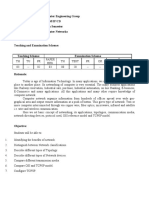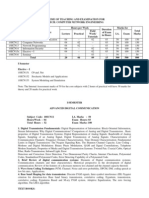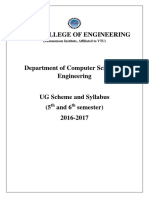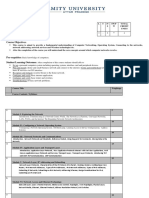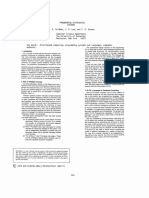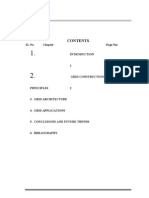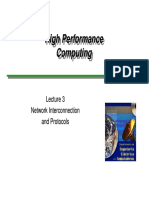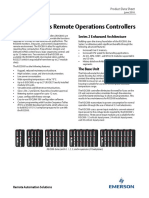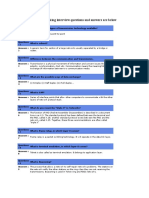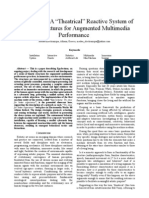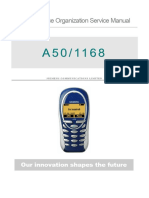0% found this document useful (0 votes)
17 views20 pagesSylabus DIP Computer
The document outlines the curriculum for the Diploma in Computer Engineering for the academic year 2024-2025, detailing courses offered in the first and second semesters, including their types, codes, credits, and learning outcomes. Key courses include Fundamentals of Computer Systems, Operating Systems, Computer Networks, and Desktop Publishing, with practical components emphasizing hands-on skills in network setup, OS operations, and design software. Each course includes objectives, content modules, and recommended resources to support student learning and assessment.
Uploaded by
aman2422004Copyright
© © All Rights Reserved
We take content rights seriously. If you suspect this is your content, claim it here.
Available Formats
Download as PDF, TXT or read online on Scribd
0% found this document useful (0 votes)
17 views20 pagesSylabus DIP Computer
The document outlines the curriculum for the Diploma in Computer Engineering for the academic year 2024-2025, detailing courses offered in the first and second semesters, including their types, codes, credits, and learning outcomes. Key courses include Fundamentals of Computer Systems, Operating Systems, Computer Networks, and Desktop Publishing, with practical components emphasizing hands-on skills in network setup, OS operations, and design software. Each course includes objectives, content modules, and recommended resources to support student learning and assessment.
Uploaded by
aman2422004Copyright
© © All Rights Reserved
We take content rights seriously. If you suspect this is your content, claim it here.
Available Formats
Download as PDF, TXT or read online on Scribd
/ 20

















